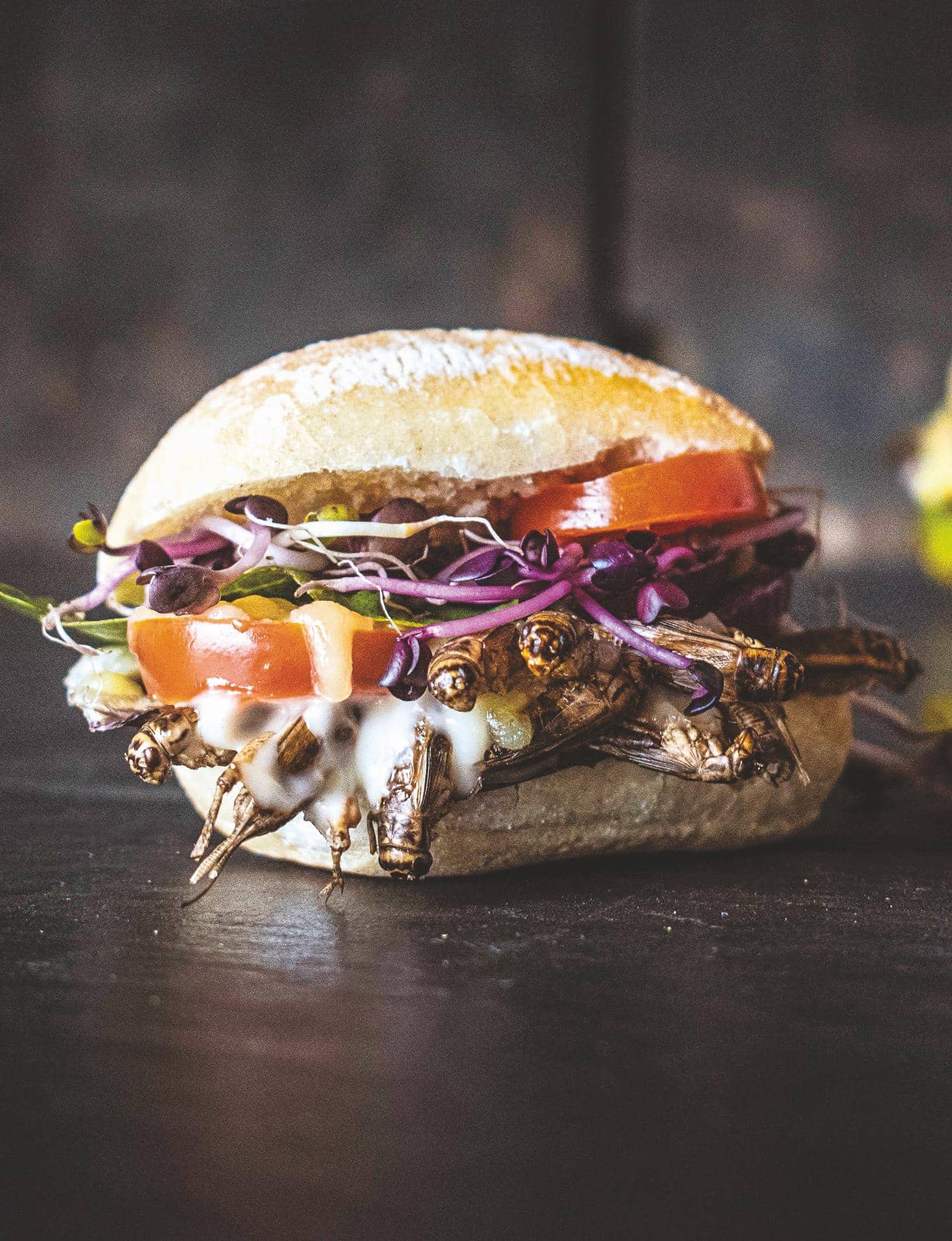
Cockroaches have long been on their traditional menus. More than 100 farms supply the market, with the biggest in Xichang in the north of the country, where six billion cockroaches a year are bred in dimly lit concrete bunkers at 30°C. They’re fed on garbage and are proving a waste-disposal weapon for the country.
The ideal food species is the American cockroach, Periplaneta americana. Twice fried in hot oil in a wok, it offers a crispy shell and soft, succulent innards said to resemble cottage cheese, with an earthy taste and a hint of ammonia. Volumes go to pharmaceuticals to treat stomach and respiratory problems and cockroach preparations are prescribed as a vitamin supplement and for fighting cancer, AIDS and baldness. For medicinal purposes, 40 million Chinese patients consume a crushed cockroach potion said to taste vaguely sweet and smell of fish, yet it’s cockroaches as finger food and on street-food skewers that really make the tourist blink.
Mercifully, none of Britain’s three cockroach species is thought suitable for harvesting. The Oriental likes the cool, damp conditions of basements, drains and outside bins. The brown-banded is adaptable. The third and most familiar, the German, seeks the warmth and humidity of kitchens and bathrooms. It’s ubiquitous and prolific, the one you tread on when you crunch your way to the fridge in the dark across the floor of an infested kitchen in an old house, the one crawling on every bit of furniture, every piece of hanging washing, every hanging towel when you switch on the light. Smooth surfaces present no barrier, as its feet have tacky patches. Come the daylight and not an antenna is to be seen. Blattella germanica has retreated behind the cooker range, the old fireplace, the wainscot and anywhere to which a crack or gap gives access (blatta is Latin for an insect that shuns light).
This story is from the {{IssueName}} edition of {{MagazineName}}.
Start your 7-day Magzter GOLD free trial to access thousands of curated premium stories, and 9,000+ magazines and newspapers.
Already a subscriber ? Sign In
This story is from the {{IssueName}} edition of {{MagazineName}}.
Start your 7-day Magzter GOLD free trial to access thousands of curated premium stories, and 9,000+ magazines and newspapers.
Already a subscriber? Sign In

Tales as old as time
By appointing writers-in-residence to landscape locations, the National Trust is hoping to spark in us a new engagement with our ancient surroundings, finds Richard Smyth

Do the active farmer test
Farming is a profession, not a lifestyle choice’ and, therefore, the Budget is unfair

Night Thoughts by Howard Hodgkin
Charlotte Mullins comments on Moght Thoughts

SOS: save our wild salmon
Jane Wheatley examines the dire situation facing the king of fish

Into the deep
Beneath the crystal-clear, alien world of water lie the great piscean survivors of the Ice Age. The Lake District is a fish-spotter's paradise, reports John Lewis-Stempel

It's alive!
Living, burping and bubbling fermented masses of flour, yeast and water that spawn countless loaves—Emma Hughes charts the rise and rise) of sourdough starters

There's orange gold in them thar fields
A kitchen staple that is easily taken for granted, the carrot is actually an incredibly tricky customer to cultivate that could reduce a grown man to tears, says Sarah Todd

True blues
I HAVE been planting English bluebells. They grow in their millions in the beechwoods that surround us—but not in our own garden. They are, however, a protected species. The law is clear and uncompromising: ‘It is illegal to dig up bluebells or their bulbs from the wild, or to trade or sell wild bluebell bulbs and seeds.’ I have, therefore, had to buy them from a respectable bulb-merchant.

Oh so hip
Stay the hand that itches to deadhead spent roses and you can enjoy their glittering fruits instead, writes John Hoyland

A best kept secret
Oft-forgotten Rutland, England's smallest county, is a 'Notswold' haven deserving of more attention, finds Nicola Venning